Ever wanted to sleep inside a piece of living history? I just had the chance to spend a night in a medieval tower, tucked away in one of Tuscany’s most picturesque villages. Staying in these ancient structures turns an ordinary Italian vacation into something truly magical.
From my tower bedroom, I gazed out over terracotta rooftops, church steeples, and the rolling Tuscan countryside. Three big windows framed the view perfectly. I watched the sunset splash golden light over the village, and then stars appeared as night fell.
Those thick stone walls, which once shielded nobles, now made me feel cozy and safe hundreds of years later.
What sets these tower stays apart is the way they connect you to Italy’s past without sacrificing comfort. My tower had been lovingly restored. It kept its medieval soul, but offered modern amenities too.
If you’re after something more than just another hotel, these historic spots let you step back in time and get closer to Italy’s architectural heritage.
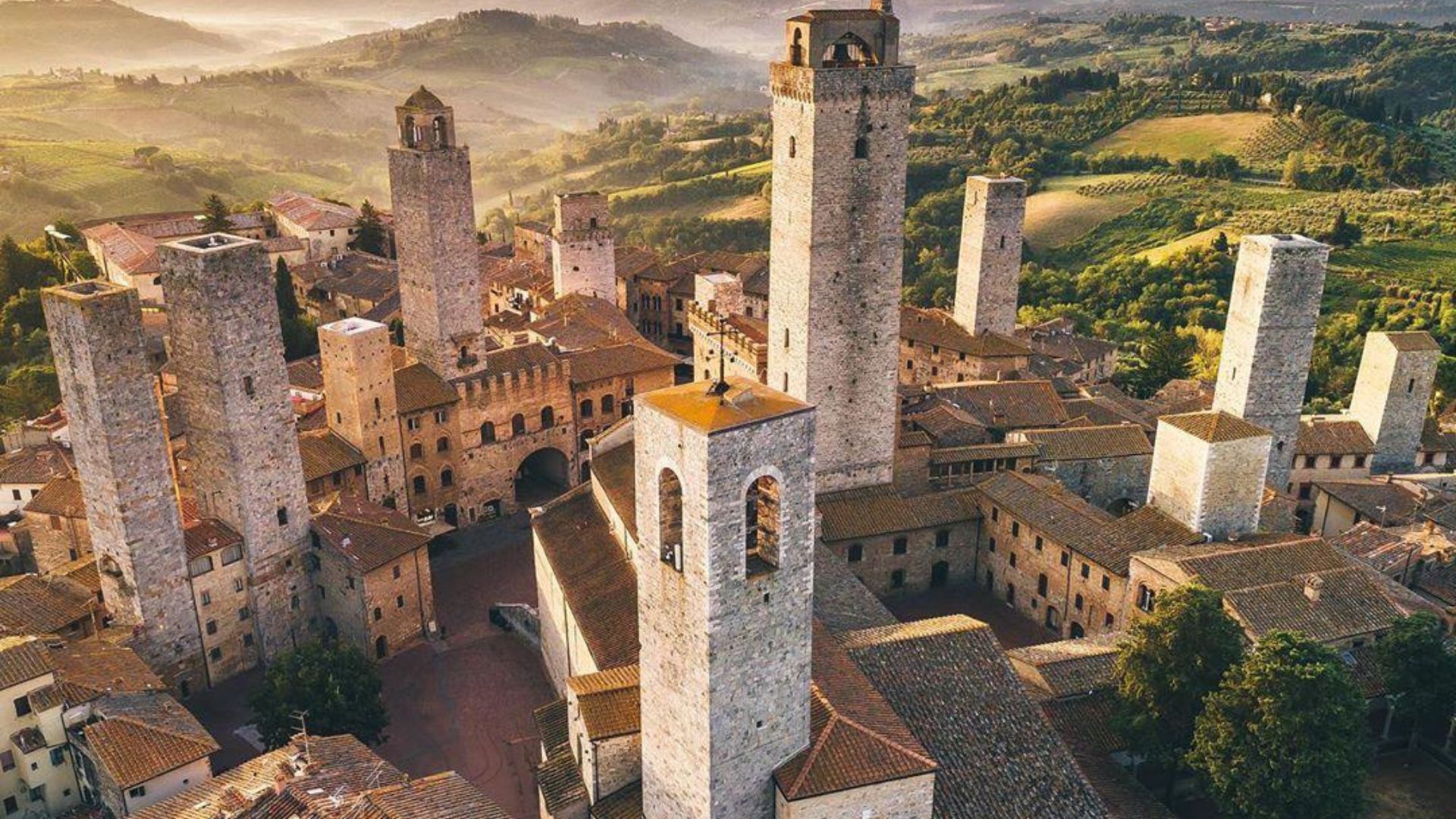
Discovering the Medieval Tower
Standing in front of the ancient stone, I felt like I’d slipped through a portal. The tower rose tall against the Tuscan sky, promising a night I’d remember.
History and Legacy
Builders first raised the tower in the 12th century, back when feudal lords wanted both defense and a show of power. Back then, families competed to build the tallest towers, creating a skyline that would make Manhattan jealous. San Gimignano, in particular, really earns that “Manhattan of the Middle Ages” nickname.
Powerful families in the Maremma region, where my tower stands, used these towers to watch over their land. As the Renaissance rolled in, they turned many towers into noble residences, adding fancy details but keeping the medieval bones.
My tower had seen it all—wars, plagues, celebrations, and the slow change from fortress to a place where travelers like me could spend the night. If those stones could talk, right?
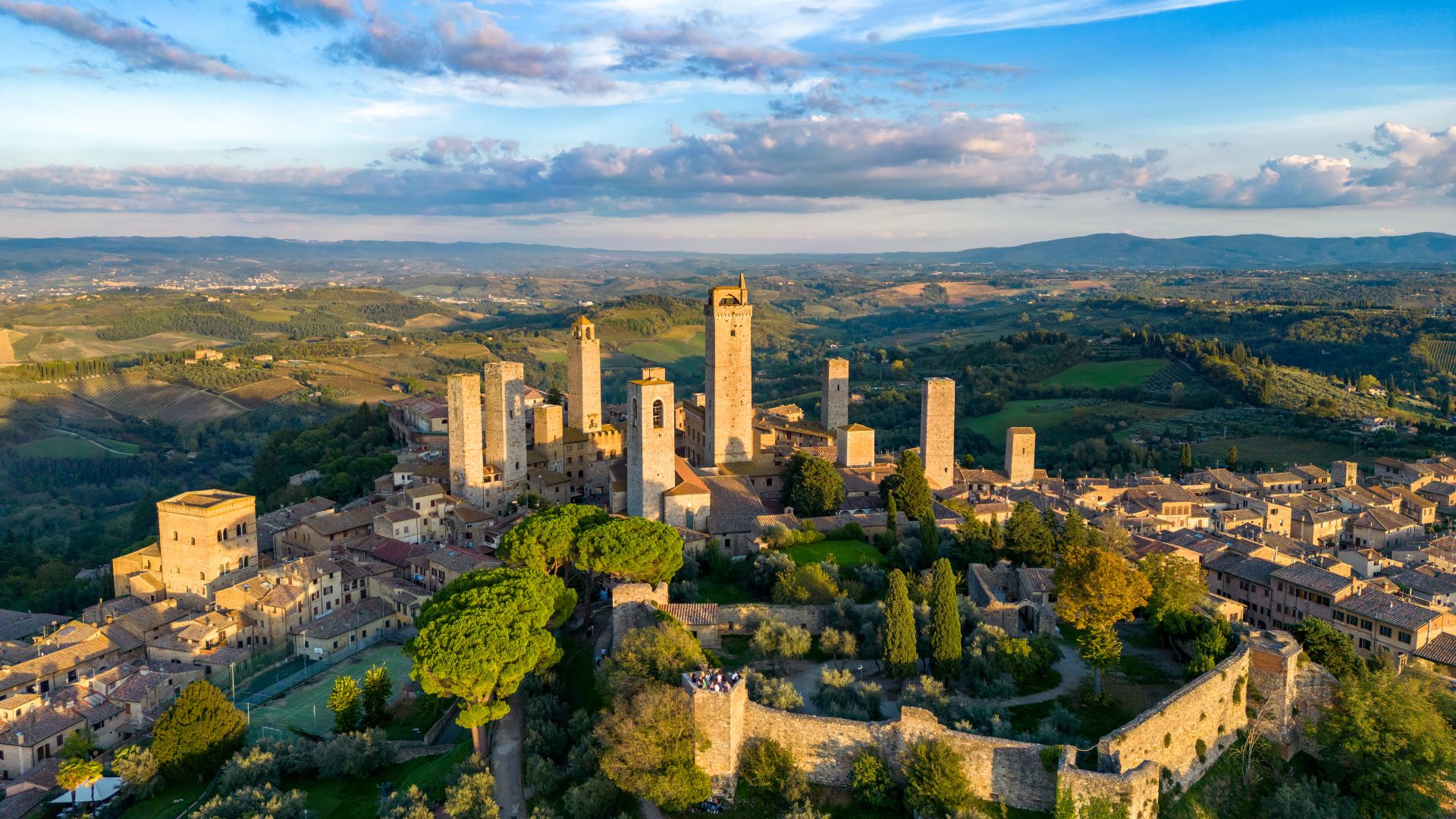
Architecture and Features
The entrance sat right on the main street, just a few steps from the central square. As I walked in, those nearly three-foot-thick stone walls instantly protected me. They once kept out invaders, but now they block out the noise of modern life.
A spiral staircase twisted up through the heart of the tower, connecting four levels:
- Ground floor: Storage, originally
- Second level: Main living space
- Third level: Sleeping quarters
- Top floor: Lookout with panoramic views
Original wooden beams still crossed the ceilings—narrow windows—once for archers—now framed postcard-perfect village scenes.
The restoration team struck a nice balance, keeping medieval touches but sneaking in modern comforts like hidden lights and discreet heating.
My room had stone walls, tapestries, a four-poster bed, and furniture inspired by the Renaissance. I couldn’t help but wonder how they managed to build all this without power tools.
The Aldobrandeschi Family Connection
The powerful Aldobrandeschi family once owned my tower. They ruled the region from the 9th to the 14th centuries, controlling castles, villages, and a lot of farmland.
Their reputation? Strategic marriages, supporting artists and architects, and fiercely defending their territory.
In Sovana, one of their strongholds, they built an impressive castle complex. I even spotted the family’s lion crest carved above the tower’s entrance.
As their power faded during the Renaissance, they converted many military structures into fancy homes. My tower still shows off those updates—think elegant fireplaces and decorative stonework.
Arriving in Italy’s Most Beautiful Village
After hours winding through the Tuscan countryside, I finally caught sight of San Gimignano’s medieval towers jutting above the hills. That skyline, especially in the afternoon light, honestly took my breath away.
Exploring the Local Village
San Gimignano has a well-earned reputation as one of Italy’s most beautiful villages. The instant I stepped through the old stone gates, I felt swept back in time.
The village holds a spot among the 294 certified “most beautiful villages in Italy.” Its medieval character is just so well preserved.
Locals greeted me as I wandered the main square. Shops displayed Tuscan specialties—handmade ceramics, local wines, and saffron, which the village is known for.
I ducked into a tiny café for my first real Italian espresso. The barista chatted about village traditions and pointed out a few hidden gems to explore.
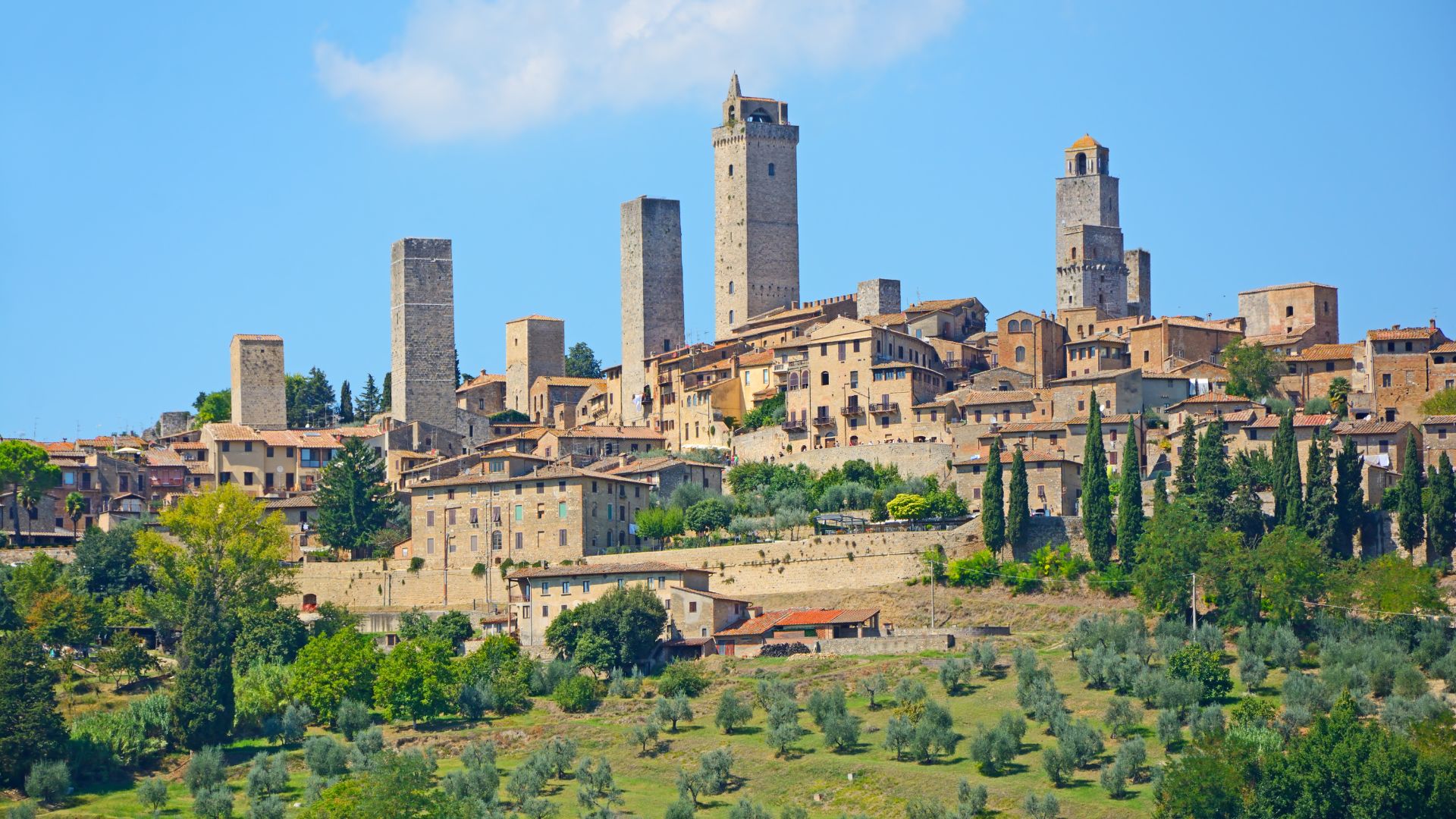
Medieval Streets and Atmosphere
Narrow cobblestone streets wind between tall stone buildings that have stood for centuries. San Gimignano’s 14 remaining towers (out of an original 72!) make the skyline instantly recognizable.
Walking those ancient paths felt almost magical. Stone archways framed views of the countryside, and little alleys led to secret courtyards bursting with flowers and vines.
I spotted a few locals in medieval costumes—turns out, they were prepping for a weekend festival. One shopkeeper told me the village loves celebrating its history with reenactments and traditional events.
As evening crept in, the golden Tuscan light softened the stone walls. The crowds faded, and I started to get a real sense of what it might be like to spend the night in this medieval dream.
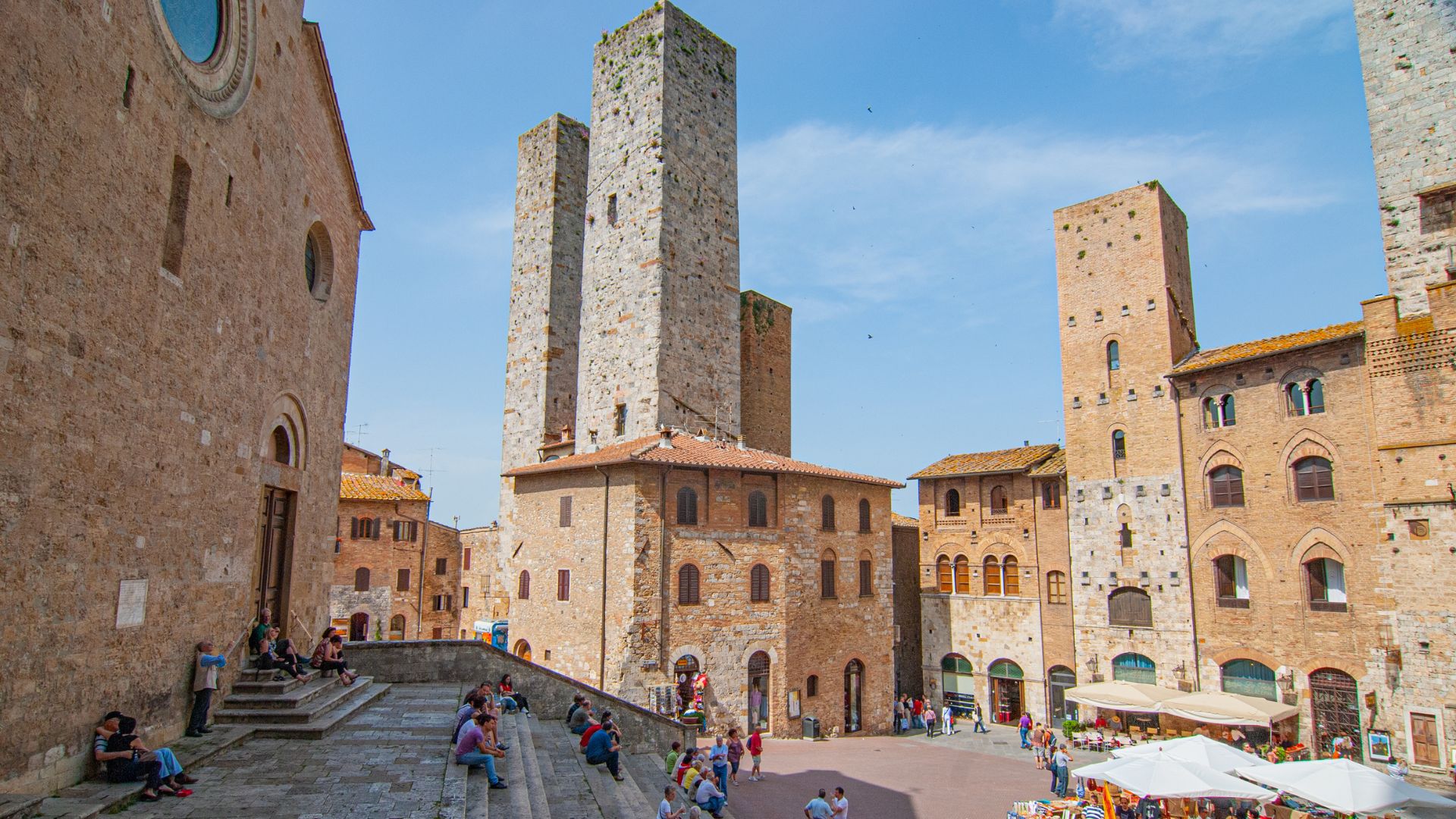
A Night in Historic Accommodation
Staying in a medieval tower gave me the best of both worlds: history and comfort. Those old stones seemed to tell stories, but the modern touches made sure I slept well.
Staying in the Tower Room
The Medieval Tower sits right in the heart of Sansepolcro, just 50 meters from the central square. I climbed up the narrow stone stairs, feeling like I was time-traveling with every step.
My room had thick stone walls and wooden beams overhead—these details had survived for centuries.
The window looked out over the village rooftops and the Tuscan hills beyond. At sunset, golden light filled the room and made everything feel a bit enchanted.
What stood out? The peace. Even though I was in the center of town, those thick walls shut out the world. I drifted off, imagining all the people who had slept in this same spot over the years.
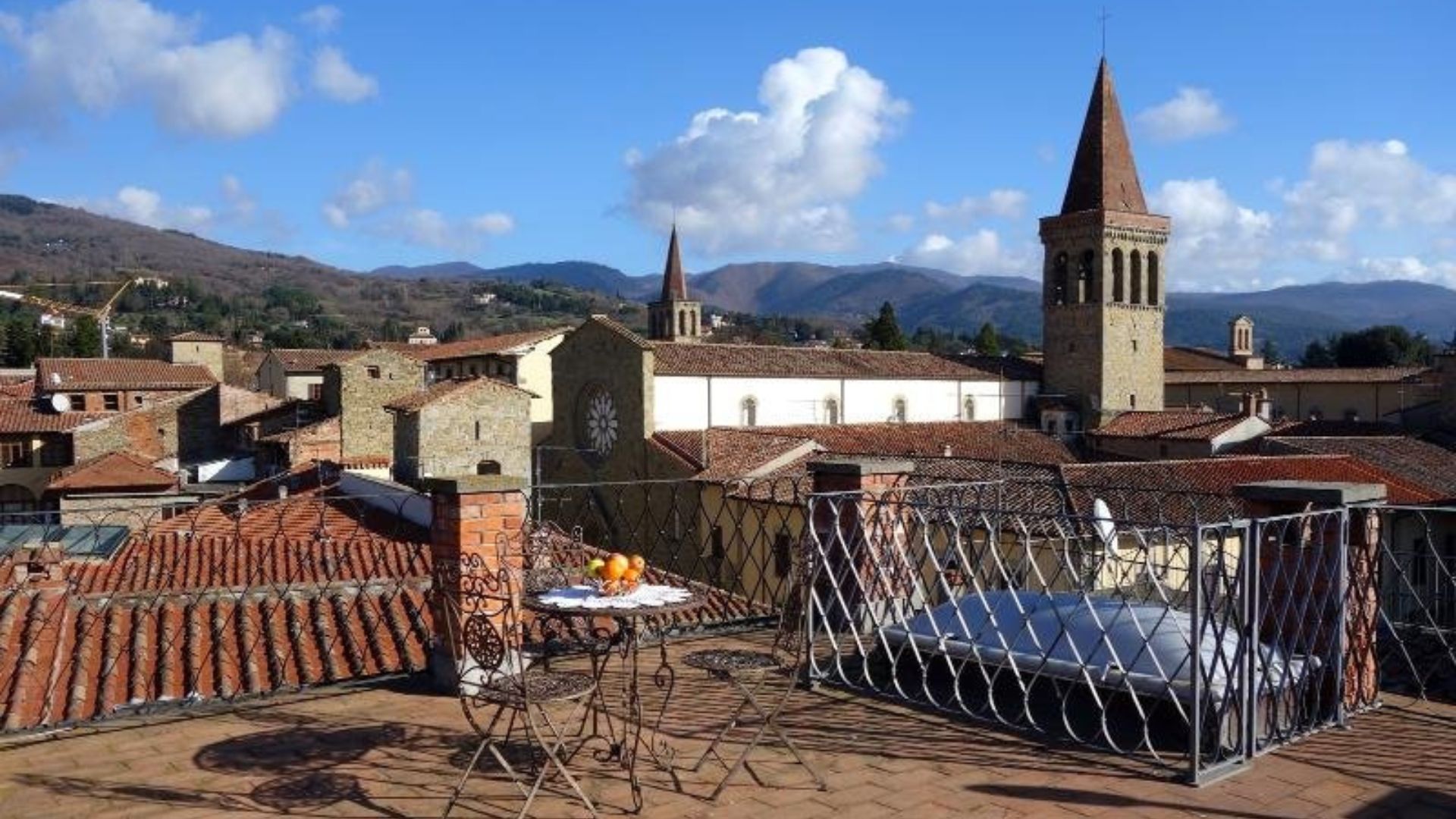
Modern Comforts in a Medieval Setting
Despite the historic vibe, the tower didn’t skimp on modern comforts. The bed was plush, with high-quality linens and a mattress that made it easy to fall asleep after a long day.
The bathroom had been renovated with sleek fixtures that fit surprisingly well with the medieval architecture. Hot water and strong shower pressure—such a relief in a centuries-old building!
I noticed thoughtful touches everywhere: reliable Wi-Fi, effective heating, and soft lighting that brought out the tower’s best features. There was even a tiny kitchenette tucked into an alcove.
Unlike a standard hotel, staying here made me feel woven into the village’s story. The place struck a rare balance: authentic character, but all the comforts a traveler could want.
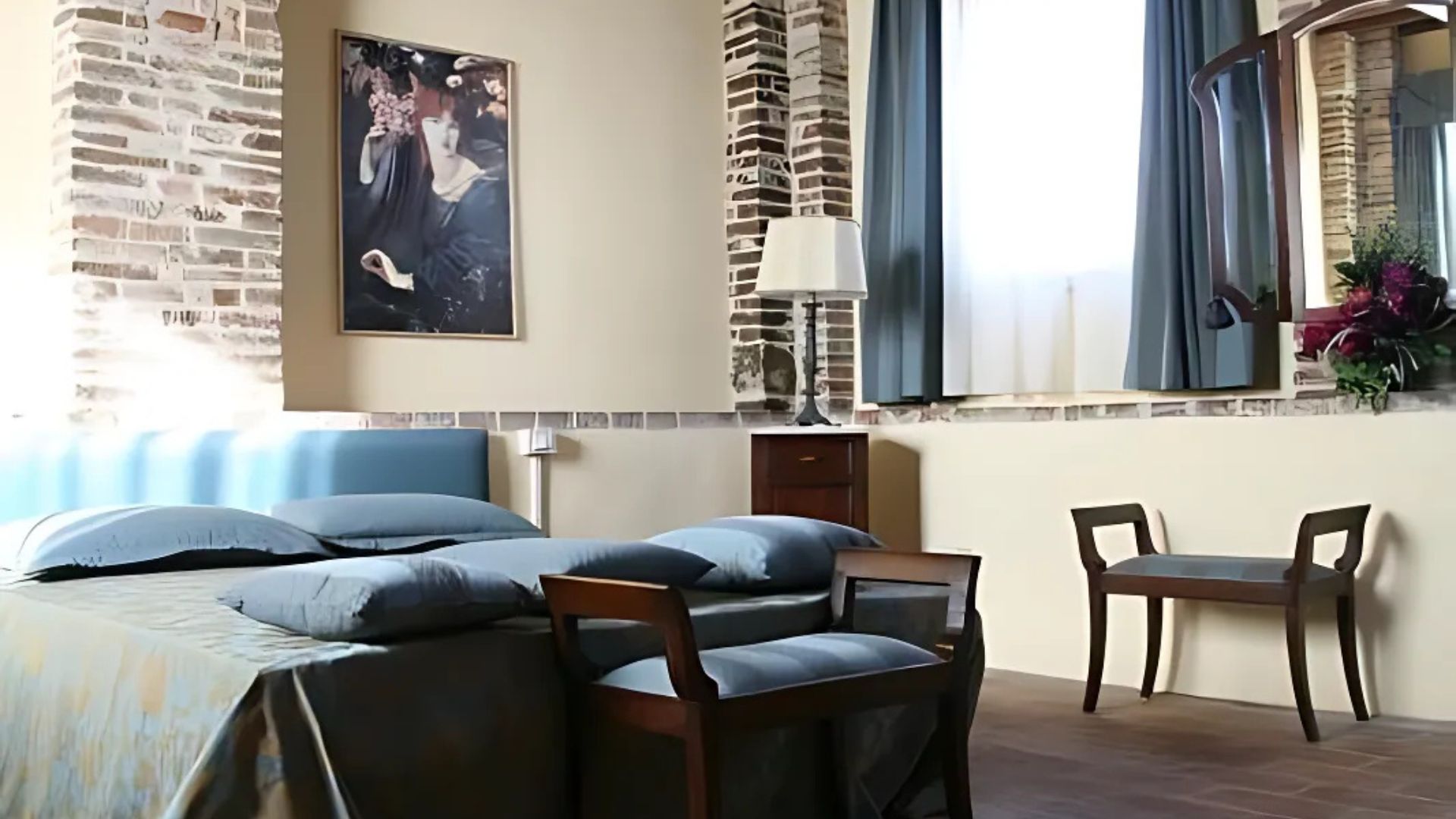
Culinary Experiences and Local Flavors
Food turned out to be a major highlight of my tour stay. Centuries-old traditions met fresh local ingredients in some truly memorable meals.
Dinner in the Dining Room
The tower’s stone-walled dining room felt straight out of another era—massive wooden table, flickering candles, and views over the village. A local chef cooked up a feast of regional specialties I’d never tried before.
We started with bruschetta topped with peppery olive oil from just down the road. That flavor—so much better than anything I’ve found at home.
For the main course, handmade pasta arrived, tossed with truffles foraged nearby. The earthy aroma hit me before I even took a bite.
They poured a robust red wine from a family vineyard that’s been running for generations. The owner even stopped by to share stories about the harvest and the region’s winemaking history.

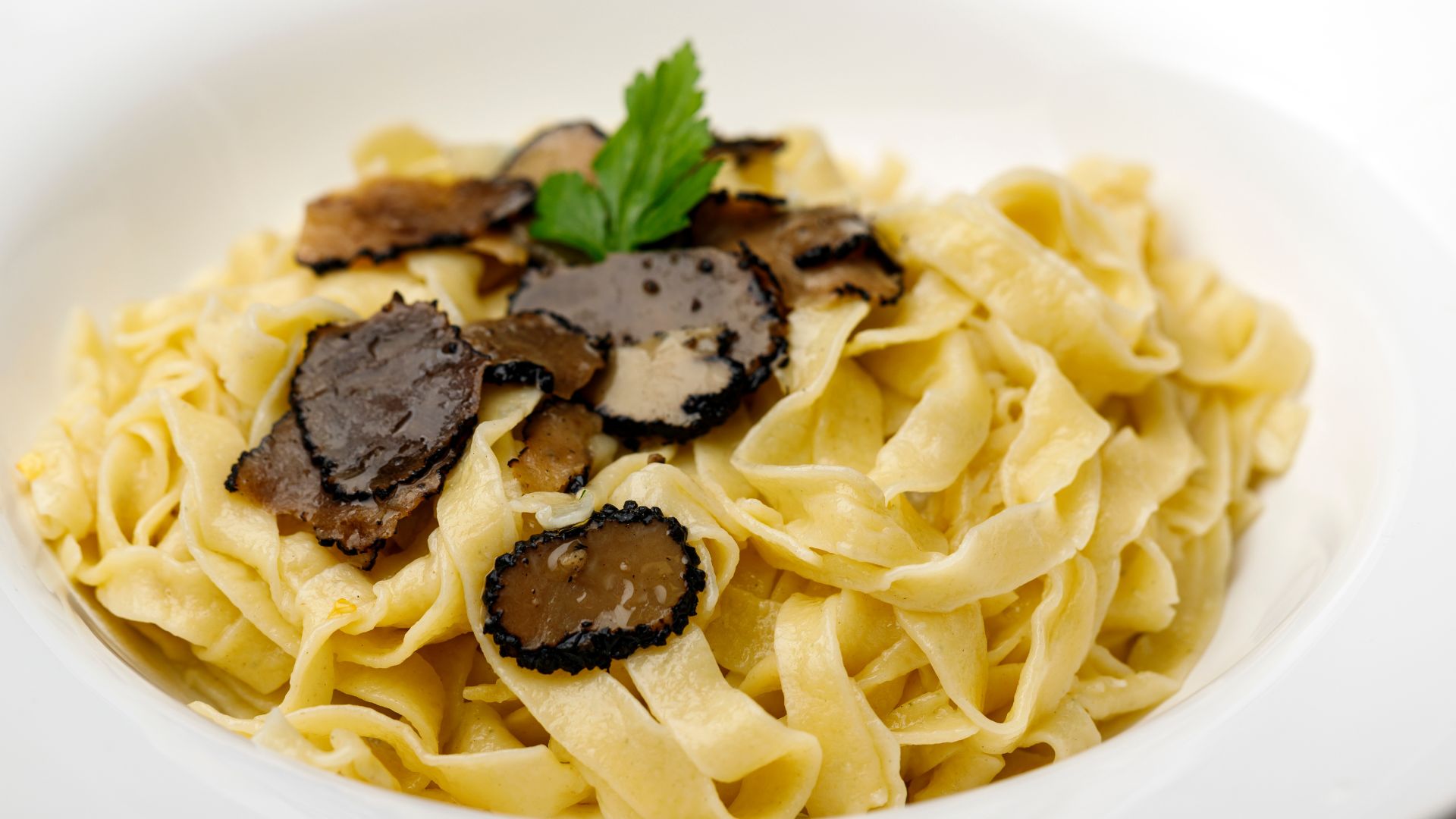
Breakfast on the Terrace
Morning meant breakfast on the sunlit terrace. The catering team set out a spread that balanced Italian tradition with a few breakfast comforts.
Warm pastries from the village bakery sat next to local cheeses, honey, and fresh fruit. The cornetto (that’s the Italian croissant) was flaky outside and soft inside—just right.
Coffee arrived in tiny cups—strong espresso that woke me up as I gazed across the rooftops. My host mentioned this blend came from a local café that roasts beans every day.
A basket of just-picked figs finished things off. Paired with salty pecorino, it was a flavor combination I’m still thinking about.
Immersing in Village Life
Walking out of my medieval tower, I discovered a whole new side of village life. The cobblestone streets led me to authentic experiences and real connections.
Meeting Locals and Community Traditions
Honestly, the heart of any Italian village isn’t the buildings—it’s the people. Over morning coffee in the main piazza, I met Giovanni, a third-generation baker. He invited me to watch him make bread in a centuries-old stone oven. His family’s used the same sourdough starter for over 70 years!
“We’re not just preserving buildings,” Giovanni said, kneading dough, “we’re keeping traditions alive.”
The locals in this Maremma region village made me feel right at home. I joined a group of elders playing bocce in the sunshine. Their laughter said more than words ever could.
Many families still practice old crafts. I watched Maria weave baskets from local reeds—a skill her family has passed down for generations.
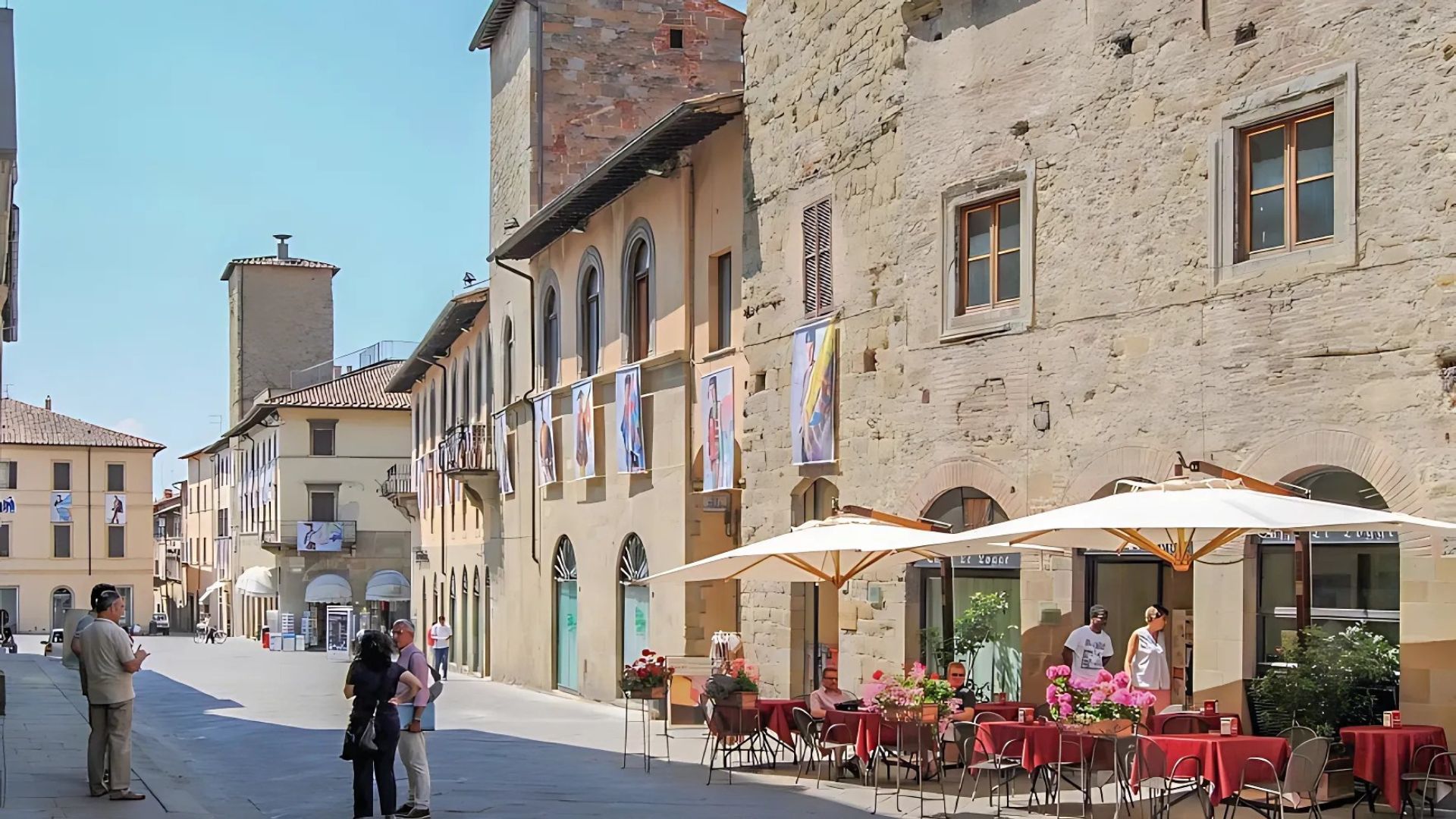
Cultural Events and Costumes
My visit happened to line up with the village’s spring festival. Suddenly, the quiet streets were filled with medieval banners and locals in period costumes.
Men wore tunics with family crests, and women wore flowing dresses with intricate embroidery unique to this region. A local seamstress explained that each Maremma village has its costume details, reflecting its history.
The highlight? A traditional feast in the main square, with long tables loaded with local dishes, as musicians played medieval instruments.
“These celebrations connect us to our ancestors,” Lucia told me, adjusting her ornate headdress. “When I wear this costume, I feel all the women before me.”
I even tried my hand at archery in the square, cheered on by locals who take their reenactments seriously.

